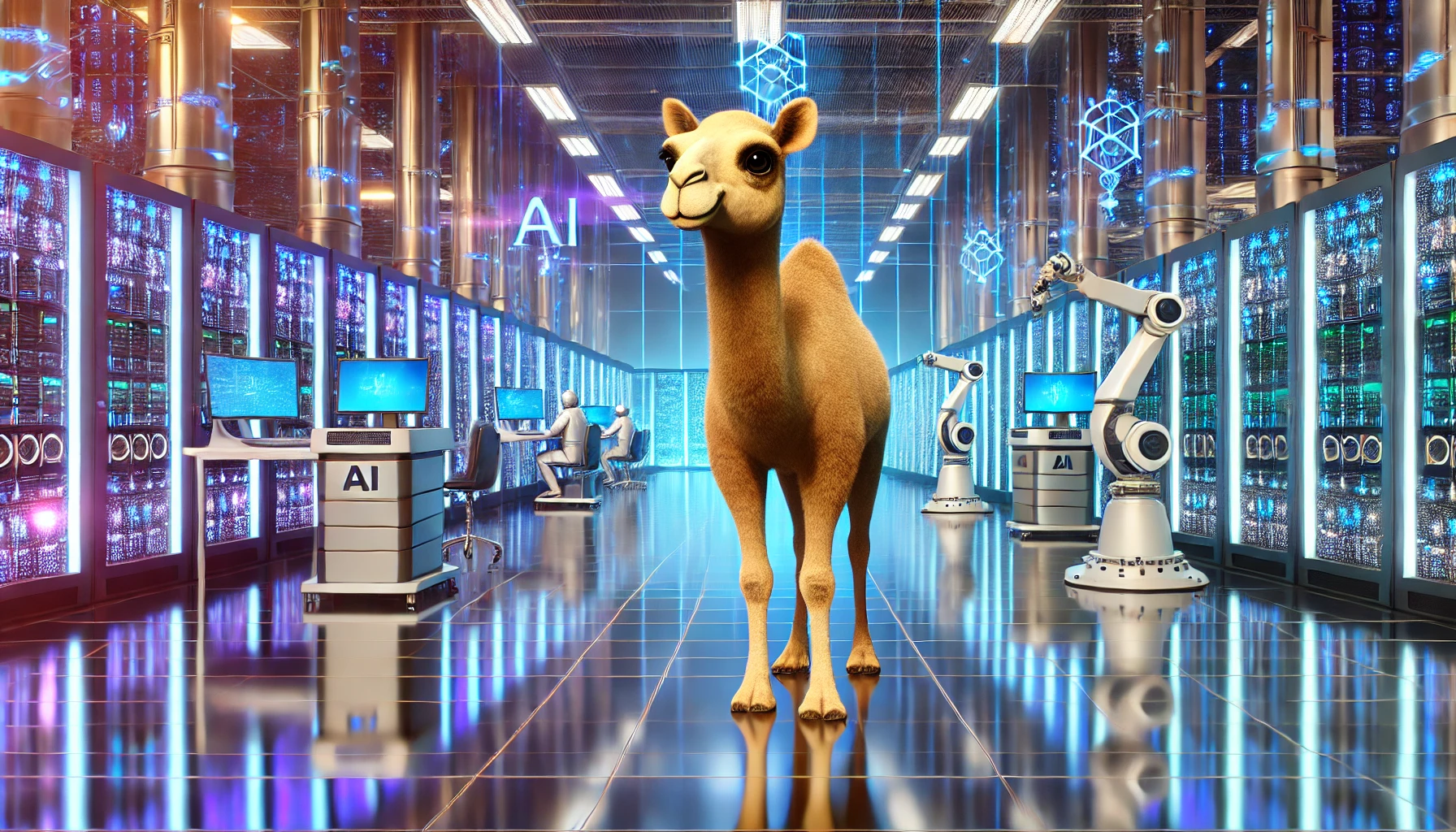A selection of the most important recent news, articles, and papers about AI.
General News, Articles, and Analyses
1. Anthropic publishes the ‘system prompts’ that make Claude tick | TechCrunch
https://techcrunch.com/2024/08/26/anthropic-publishes-the-system-prompt-that-makes-claude-tick/
Author: Kyle Wiggers
(Monday, August 26, 2024) “Anthropic has published the system prompts for Claude, its family of generative AI models. They instruct the model how it should – and shouldn’t – behave.”
2. God of War star Christopher Judge brings the hammer down on Amazon exec’s “we don’t really have acting” in video games AI defense
Author: Jordan Gerblick
(Tuesday, August 27, 2024) “Christopher Judge, the actor behind Kratos in Sony Santa Monica’s God of War games, has joined the ever-growing chorus of voices protesting controversial comments made in defense in AI in video games by Amazon Games CEO Christoph Hartmann.”
3. NVIDIA NIM Agent Blueprints Fast-Forward Next Wave of Enterprise Generative AI | NVIDIA Blog
https://blogs.nvidia.com/blog/nim-agent-blueprints/
Author: Justin Boitano
(Tuesday, August 27, 2024) “NVIDIA NIM Agent Blueprints include everything an enterprise developer needs to build and deploy customized generative AI applications that make a transformative impact on business objectives.”
4. AT&T’s GenAI strategy? Plug it in everywhere
https://www.fierce-network.com/cloud/atts-genai-strategy-plug-it-everywhere
Author: Julia King
(Tuesday, August 27, 2024) “AT&T has a strategy to make its network operate autonomously, with minimal human intervention. The telco giant is pumping GenAI into more and more aspects of the network lifecycle — all the way down to copper retirement.”
5. Challenging The Myths of Generative AI | TechPolicy.Press
https://www.techpolicy.press/challenging-the-myths-of-generative-ai/
Author: Eryk Salvaggio
(Thursday, August 29, 2024) “Eryk Salvaggio says we must dispense with myths if we are to think more clearly about what AI actually is and does.”
6. Nations building their own AI models add to Nvidia’s growing chip demand
Author: Arsheeya Bajwa
(Thursday, August 29, 2024) “Nations building artificial intelligence models in their own languages are turning to Nvidia’s (NVDA.O), opens new tab chips, adding to already booming demand as generative AI takes center stage for businesses and governments, a senior executive said on Wednesday.”
7. Apple, Nvidia in talks to join OpenAI funding round, media reports say
https://www.reuters.com/technology/apple-talks-join-openai-funding-round-wsj-reports-2024-08-29/
(Friday, August 30, 2024) “Apple (AAPL.O), opens new tab and chip giant Nvidia (NVDA.O), opens new tab are reportedly in talks to invest in OpenAI as part of a new fundraising round that could value the ChatGPT maker above $100 billion, according to media reports on Thursday.”
Technical Papers, Articles, and Preprints
1. [2408.16126] Improving Generalization of Speech Separation in Real-World Scenarios: Strategies in Simulation, Optimization, and Evaluation
https://arxiv.org/abs/2408.16126
Authors: Chen, Ke; Su, Jiaqi; Berg-Kirkpatrick, Taylor; Dubnov, Shlomo; and Jin, Zeyu
(Wednesday, August 28, 2024) “Achieving robust speech separation for overlapping speakers in various acoustic environments with noise and reverberation remains an open challenge. Although existing datasets are available to train separators for specific scenarios, they do not effectively generalize across diverse real-world scenarios. In this paper, we present a novel data simulation pipeline that produces diverse training data from a range of acoustic environments and content, and propose new training paradigms to improve quality of a general speech separation model. Specifically, we first introduce AC-SIM, a data simulation pipeline that incorporates broad variations in both content and acoustics. Then we integrate multiple training objectives into the permutation invariant training (PIT) to enhance separation quality and generalization of the trained model. Finally, we conduct comprehensive objective and human listening experiments across separation architectures and benchmarks to validate our methods, demonstrating substantial improvement of generalization on both non-homologous and real-world test sets.”
2. [2408.16629] LLMs generate structurally realistic social networks but overestimate political homophily
https://arxiv.org/abs/2408.16629
Authors: Chang, Serina; Chaszczewicz, Alicja; Wang, Emma; Josifovska, Maya; Pierson, Emma; and Leskovec, Jure
(Thursday, August 29, 2024) “Generating social networks is essential for many applications, such as epidemic modeling and social simulations. Prior approaches either involve deep learning models, which require many observed networks for training, or stylized models, which are limited in their realism and flexibility. In contrast, LLMs offer the potential for zero-shot and flexible network generation. However, two key questions are: (1) are LLM’s generated networks realistic, and (2) what are risks of bias, given the importance of demographics in forming social ties? To answer these questions, we develop three prompting methods for network generation and compare the generated networks to real social networks. We find that more realistic networks are generated with “local” methods, where the LLM constructs relations for one persona at a time, compared to “global” methods that construct the entire network at once. We also find that the generated networks match real networks on many characteristics, including density, clustering, community structure, and degree. However, we find that LLMs emphasize political homophily over all other types of homophily and overestimate political homophily relative to real-world measures.”




